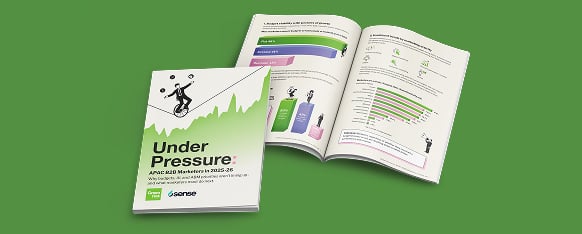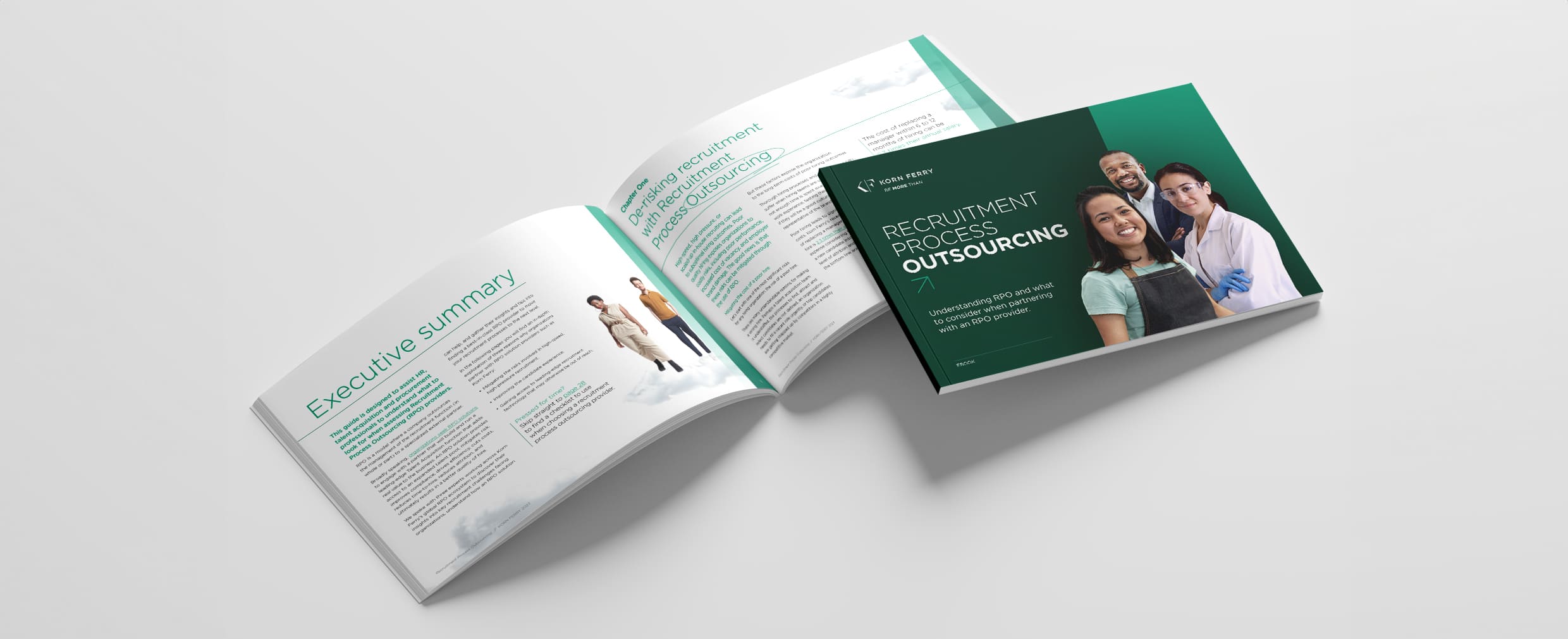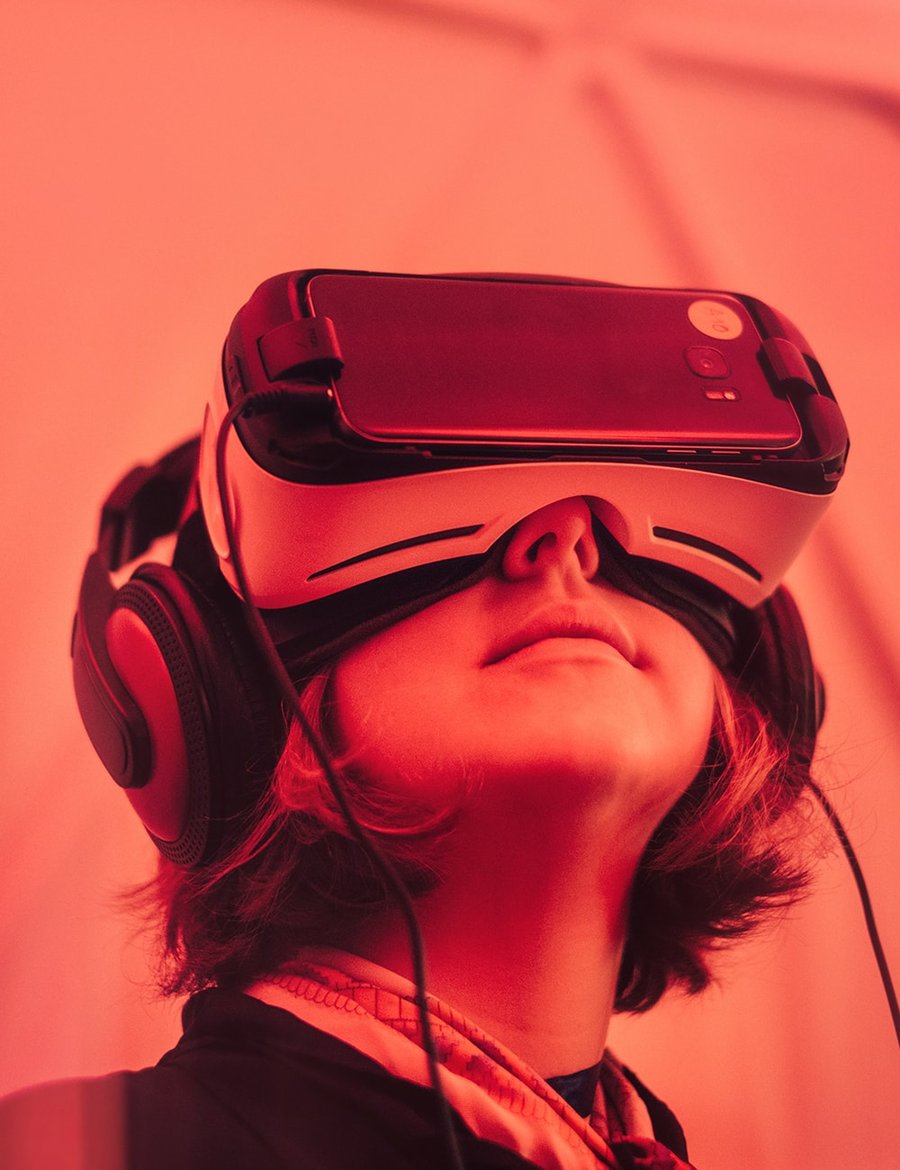VR is in the spotlight – and it’s a great time to capitalise on the buzz.
It may be hard, but think back to the response you had when you saw your first 3D movie, saw how a QR code works or experienced your first touch-screen.
Mind blown, right?
Now, how did you feel when you experienced those things the third, fifth, and tenth time? It lacks the lustre it did the first go around, doesn’t it? The ‘wow factor’ fades fast (and sometimes sadly, in the case of the QR code, the hype can outweigh adoption… rest in peace little QR code). This is why it benefits marketers to become early adopters of new technologies that can help cut through a noisy market.
One burgeoning technology we feel is primed for adoption by B2B Marketers in Australia is Virtual Reality (VR).
The real estate, healthcare and mining industries have been early adopters of VR for its ability to persuasively simulate physical environments. But VR technology has applications as well for B2B businesses who aren’t just looking to mimic a physical space.
Let’s unpack three powerful ways B2B Marketers can use VR while it has maximum sizzle.
1. Demand generation & lead intelligence
A VR experience can be built so that you can track which user is watching it, how frequently and when.
Some VR studios, like the one we’ve partnered with, have a pre-built dashboard that lets Marketing and Sales access this real-time data. This gives Sales insight on which prospect to call, when—and it enables them to know what message to lead with.
For example:
- If a week has gone by and the prospect hasn’t accessed the VR experience, Sales can call and ask if the person needs technical assistance.
- If Sales sees that the prospect has accessed the VR experience, they can make a follow-up call in a timely manner, and ideally extend something of value and relevant (e.g. upcoming event, on demand webinar, whitepaper, etc.) to nurture them.
This high-touch tactic is suitable for sending to top prospects or key accounts as a direct mail, with a supplementary letter or brochure, and a simple instruction manual to guide them on how to use the headset and load the experience.
2. Education & training
If your business solves a problem that your audience may not be aware of, VR is a tool that can help educate your audience in a more engaging way than a regular video.
A video of a person talking can be superimposed in different virtual settings, or a simpler approach is to use a voiceover with animated text or imagery.
The same goes for B2B businesses who need a more robust vehicle for delivering the message of how they solve the business problem or businesses that need to deliver training to customers or partners. Remember, an added benefit is that the VR experience can be built so that course completion can be monitored.
3. Trade shows & events
For some B2B businesses, trade shows and events play a critical role in driving awareness and generating leads. But what good is a booth with no visitors?
As many have experienced, cutting through the noise at events can be a challenge, making trade shows the perfect playground for VR – and especially so while it’s still new.
Businesses could take two different approaches using VR at events:
- Educate: produce a VR experience that solely helps educate visitors on the problem and/or solution.
- Entertain: produce a fun, off-beat VR experience that entertains, and surprises and delights attendees to drive booth traffic (through word-of-mouth at the event itself).
A top-of-the-line VR headset giveaway could also be used as a draw card to collect business cards.
Read more: Tips for testing your marketing smartlySeize the moment
As VR has hit a level of maturity that audiences have awareness of what it is and interest in experience, now is the time to have a think about how to incorporate it into your marketing and customer experience while it’s still new.
To discover how a VR experience could be brought to life for your organisation, or to see a case study of how we brought it to life for one of our clients, contact us.

 Strategy
Strategy Digital
Digital





